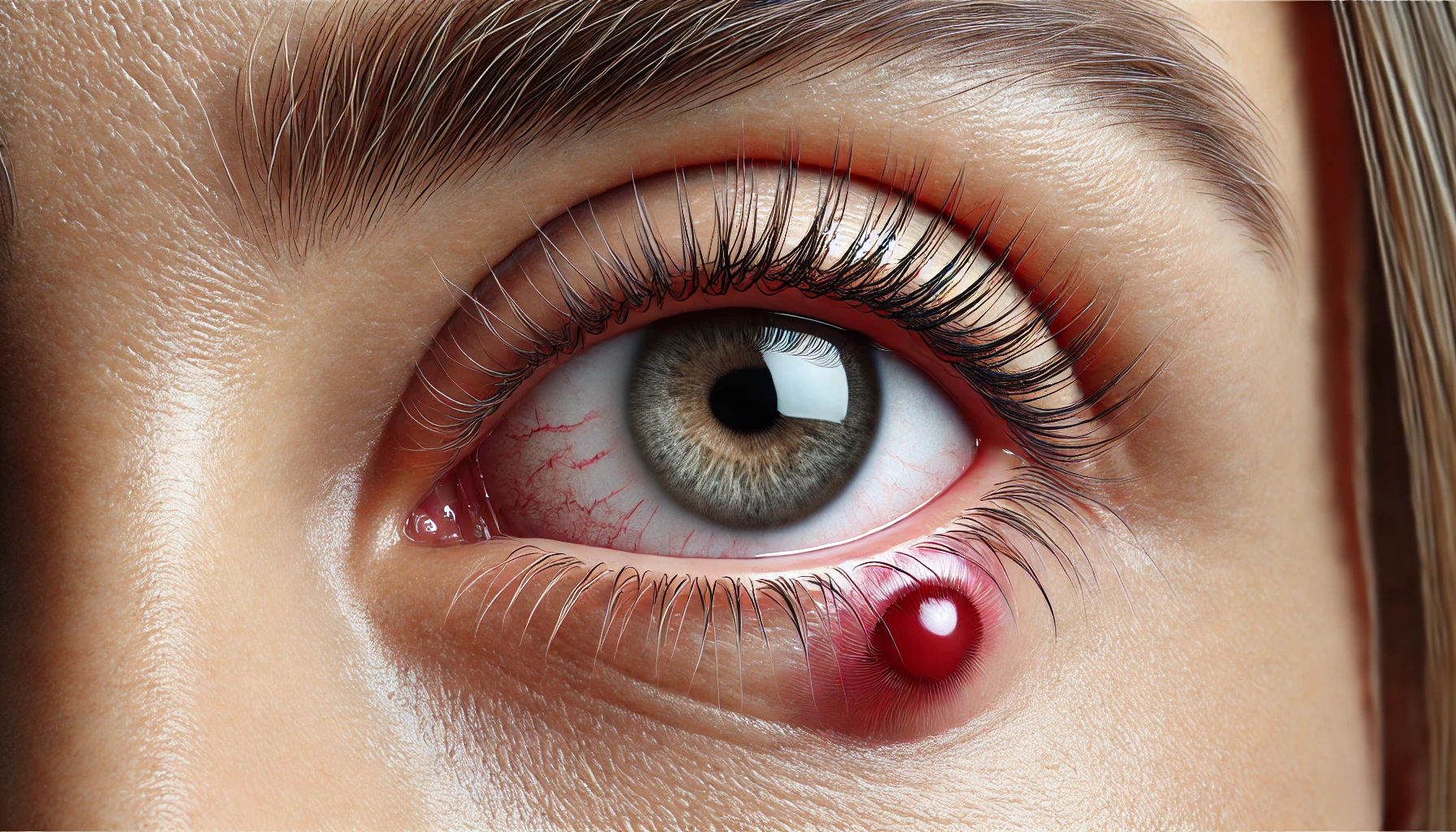This post was written with Consensus AI Academic Search Engine – please read our Disclaimer at the end of this article. Eyelid bumps are common and can result from various causes, including infections, blockages, and lipid disorders. Understanding the type of bump and appropriate treatment options is crucial for effective management. Recent research has provided new insights into treatment methods, offering hope for improved outcomes and patient satisfaction.
Eyelid bumps are common ocular conditions that can cause discomfort and concern. They can appear on the upper or lower eyelids and vary in size, shape, and severity. Understanding the nature, causes, and treatments of eyelid bumps is essential for effective management and relief.
Types of Eyelid Bumps
Eyelid bumps can be classified into several types, each with distinct characteristics:
- Styes (Hordeolum): These are painful, red bumps caused by bacterial infection of the oil glands in the eyelid. They often resemble pimples and can cause swelling and tenderness.
- Chalazia: These are non-infectious, painless lumps resulting from blocked oil glands. They tend to be larger and firmer than styes and can persist for weeks or months.
- Xanthelasma: These are yellowish, cholesterol-rich deposits that form under the skin, often near the inner corners of the eyelids. They are usually harmless but can indicate underlying lipid disorders.
- Papillomas: These are benign, wart-like growths on the eyelid caused by viral infections. They are generally painless and can be removed if they cause discomfort or cosmetic concerns.
Causes of Eyelid Bumps
Eyelid bumps can arise from various factors, including:
- Bacterial Infections: Staphylococcus bacteria are commonly responsible for styes.
- Blocked Oil Glands: Blockages in the meibomian glands can lead to chalazia.
- Viral Infections: Human papillomavirus (HPV) can cause papillomas.
- Lipid Disorders: High cholesterol levels can result in xanthelasma.
Symptoms and Diagnosis
Symptoms of eyelid bumps can include:
- Redness and swelling
- Pain or tenderness
- Itching or irritation
- Blurred vision (if the bump is large enough to press on the eye)
Diagnosis typically involves a physical examination by an ophthalmologist or dermatologist. In some cases, additional tests may be required to rule out other conditions.
Research Insights
Recent studies have explored various treatments for eyelid conditions:
- Magnesium Sulfate Wet Dressing: A study found that using a 50% magnesium sulfate solution significantly reduced eyelid swelling and bruising after blepharoplasty compared to ice packs. Patients preferred this method due to its convenience and effectiveness1.
- 3D Imaging Technology: Another study assessed the use of 3D imaging to quantify eyelid swelling in allergic reactions. The technology provided precise measurements and demonstrated that olopatadine hydrochloride significantly reduced swelling compared to placebo2.
- Eyelid Cooling: Research on eyelid cooling post-blepharoplasty showed that while it reduced pain slightly, it did not significantly impact edema, erythema, or hematoma. Most patients did not prefer cooling over non-cooling3.
Disclaimer
The content presented in this blog is generated by Consensus, an AI-powered academic search engine, and is based on publicly available scientific literature. While every effort is made to provide accurate, up-to-date, and well-researched information, the content is intended for informational and educational purposes only. It does not constitute medical advice, diagnosis, or treatment. Always consult a qualified healthcare professional before making any decisions regarding medical conditions, treatments, or medications. The AI system’s analysis may not cover all perspectives, emerging research, or individual cases, and it is not a substitute for professional expertise. Neither the blog publisher nor the developers of the AI-powered search engine are responsible for any actions taken based on the information provided in this content. Use of this information is at your own risk. Citations to the original scientific studies are included for reference, but these studies should be reviewed in full and interpreted with the guidance of a healthcare or research professional.
If you are experiencing a medical emergency, please seek immediate attention from a healthcare provider.
